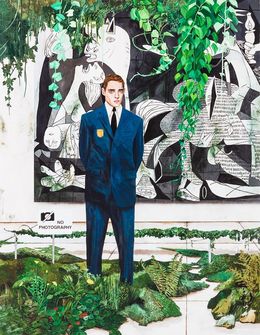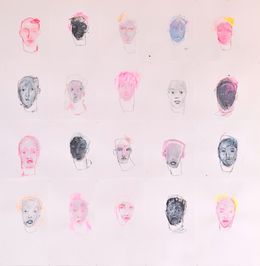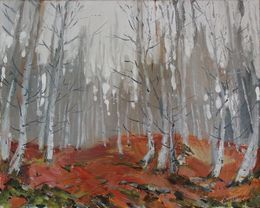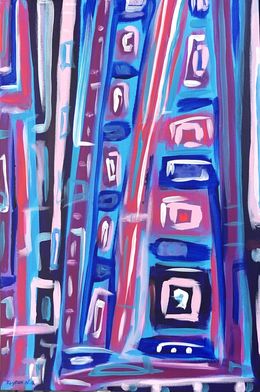
The Women Modern Art History Forgot

How many women artists in Modern art can you name? Likely very few; the majority of women in Modern art history have been forgotten. Despite participating in art history equally to men, female artists haven’t been given the recognition they deserve. For centuries they were excluded from art schools, galleries and museums. What’s more, they had practically no platform for the exhibition of their work before the rise of feminism in the 70s. However, great ladies have contributed to all the art movements preceding that time of female emancipation, particularly since Impressionism in the late 19th century to Abstract Expressionism through to Surrealism. These women who acted in the shadow of their male contemporaries remain little known to this day. Allow Artsper to change that- meet 6 of the women that Modern art history forgot!
1. Berthe Morisot

This French painter is one of the founding members of Impressionism, and one of the most significant women in Modern art history. As a leading figure of the movement, she exhibited at all of the Impressionist Salons that took place between 1874 and 1885, except for one for medical reasons. Initially a private student of the artist Corot, it is thanks to him that she began to paint outside. She later met French artist Edouard Manet in 1868. This marked the start of a long-lasting friendship, where two painters considerably influenced one other’s respective styles.
Her artworks were characterized by a great visual lightness but also a fine mastery of color techniques. This brought Edgar Degas to recognize her as a true artist, despite her gender. The only woman to be exhibited amongst the selection of 29 artists shown at the first exhibition of the Impressionist group, Berthe Morisot was exemplary in her full devotion to the movement…
2. Mary Cassatt

Despite her parents’ reluctance to allow her to pursue a career in painting, American artist Mary Cassatt began studying painting at the age of 15. She did so at the prestigious Pennsylvania Academy of Fine Arts, the oldest art school in the United States. Unfortunately she was disappointed by the slow pace of the course and the condescending attitude of her male peers and professors. As a result, Cassatt decided to go to France where she attended private art classes. After a difficult return and short time in the United States and her father’s refusal to accept the path his daughter had chosen, she went back to France.
After none of her pieces were exhibited at the official Salon for first time in 7 years, Mary Cassatt met the Impressionists. She was fascinated by Degas’ work and he had a significant influence on her. Committed to the members of the movement, she created works for the 1879 exhibition which turned out to be the most successful event of all. Starting at the end of the 80s, she broke away from the French Avant-garde and reclaimed a much more conservative style. What did remain her whole life through was her will to live independently as an “artist” rather that a “female artist”.
3. Dorothea Tanning
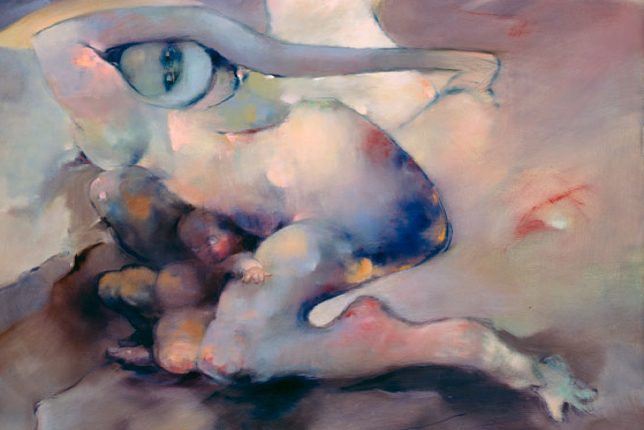
Best known as Max Ernst’s muse, Tanning spent 34 years of her life with the German artist. However Dorothea Tanning was gifted with a great artistic talent that was far too often hidden by her spouse… Although lacking formal artistic training she developed a remarkable style, which turned her into an essential figure of Surrealism, and one of the most important women in Modern art history.
Her first works, such as Birthday, were figurative representations of situations straight from the land of dreams that likened her to the Surrealist movement whose members she often interacted with. In fact, it is the autoportrait in which Tanning appears with bare breasts, a long skirt that seems to be made out of tree roots and a small strange beast, that made Max Ernst fall in love with her. However, this did not keep Tanning from embarking on other creative quests as she progressively veered towards abstraction. Her pieces became increasingly less suggestive although still representing the female form, a recurrent theme in her work. An artist of many talents, she also did sculpture and wrote poetry.
4. Leonor Fini

Like most female artists of her time, the Argentinian-Italian artist Leonor Fini was self-taught. She exhibited for the first time at age 17 in Trieste, the city where she grew up. 4 years later, having left Italy to go to Paris, she did her first solo show. In the French capital, Fini became friends with several Surrealist figures. However, she refused to affiliate herself to any movement or manifesto. Instead, she described her work rather simply: “I paint what does not exist and what I would like to see”.
In dedicating herself to drawing, she preferred prints to paintings, where through her art she explored mystical and erotic themes. As a lover of literature, she also liked to illustrate the works of many writers’ texts. These include the works of Paul Eluard, Giorgio de Chirico as well as other contemporaries. Leonor Fini’s talent even extended to the creation of sets and costumes for theater and opera. Unique and free spirited, Fini escaped of the role of “exotic muse”, the typical role in Surrealism for women.
5. Kay Sage
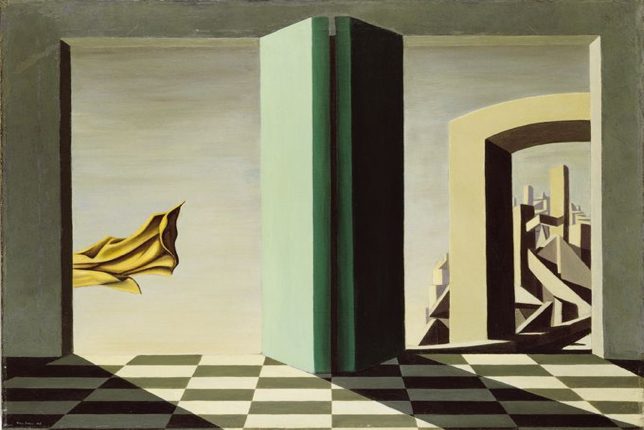
This Surrealist painter and poet was of American descent. Married to Yves Tanguy, a Surrealist icon, her artistic sensibilities were overshadowed by those of her husband. Kay Sage was raised by her mother, a divorced socialite in Europe, predominantly in Italy. Her upbringing was unconventional for the time and likely contributed to her desire to become an accomplished and independent artist.
In any case, she succeeded in creating her very own visual language. It clearly set her style apart from that of other Surrealist painters, characterized by curved shapes and lively colors. In fact, her paintings transport us into abstract and futuristic architectural landscapes, with abundant straight lines and muted colors. Like her fellow Surrealists, she was preoccupied by the juxtaposition of irrational objects. The strength of the most notable of her 200 paintings and drawings – produced in about twenty years – resides in the worrisome if not alienating aspect of her blurry horizons. The absence of human figures amplifies the feeling of despair that transpires in Sage’s works. She has the same rather pessimistic vision in her written works.
6. Perle Fine
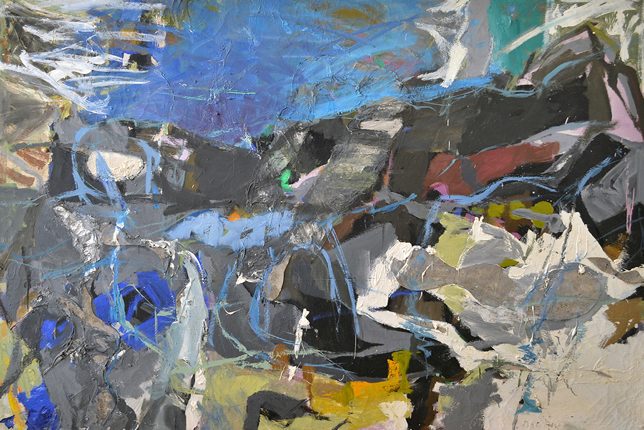
A committed artist, Perle Fine dedicated 50 years of her life to abstraction. She started exhibiting her works in the 1940s and soon found herself at the epicenter of the Abstract Expressionism movement. The daughter of Russian immigrants, she grew up in Boston where she began art classes during secondary school. She left Boston for New York at the age of 24. There she met many artists including Lee Krasner, who remained a dear friend throughout her entire life.
Inspired by her sister’s encouragement and regular visits to the Met and the Modern Art Museum, she practiced copying masterpieces in order to understand what makes a painting an artwork rather than “a lot of colors”. Subsequently, while being sponsored by Willem de Kooning, in 1949 she entered the Stable Gallery, which was considered the headquarters of Abstract Expressionism in New York. One of the few women in this inner circle, she would go on to teach and carry out numerous solo and group shows until her death in 1988.

About Artsper
Founded in 2013, Artsper is an online marketplace for contemporary art. Partnering with 1,800 professional art galleries around the world, it makes discovering and acquiring art accessible to all.
Learn more



